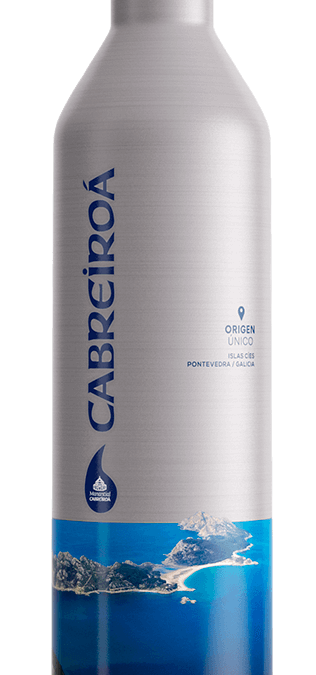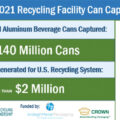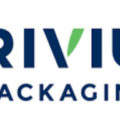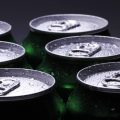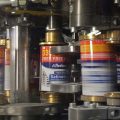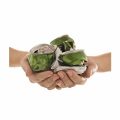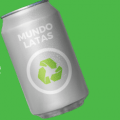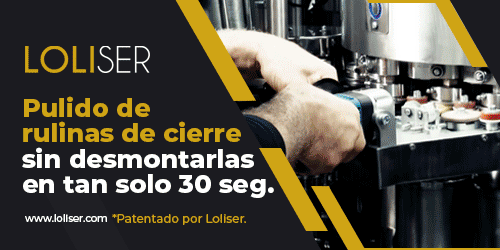While sustainability is an important factor to consider with beverage packaging, there are many other functionalities that must be taken into account. These include product protection, viability for its intended uses and brand positioning in the marketplace. While metal has been used for decades for food packaging, for beverage producers, metal and specifically aluminum bottles are being underutilized even though they satisfy all of these functional aspects.
The overall plastic recycling rate in the EU is only 38%, while in the United States it is estimated that 51 million tons of plastic were used in 2021 with only 2.4 million being recycled. A recent report by Greenpeace USA shows a decrease in the recycling rate by 5-6% from previous levels of 9.5% in 2014 and 8.7% in 2018.
This is why packaging sustainability is now at the forefront of thinking for brands. The 2022 Buying Green report shows that 68% of consumers have chosen a product in the past six months based on its sustainability credentials, and 57% of consumers are “less likely” to buy products in harmful packaging.
European consumers increasingly recognize the impact of plastics on the environment. More than half (60%) consider it harmful to the ecosystem and about the same number (51%) indicated that they would not buy items with harmful packaging. Therefore, there is a need for brands to offer biodegradable and sustainable products to reduce pollution.
Regulations are driving brands to focus on packaging sustainability. The global plastics treaty is a resolution currently under consideration by the United Nations designed to reduce the impact of plastics on the environment by adopting a circular economy approach to their design, manufacture, use and disposal. This is widely agreed to be a key moment in terms of sustainability regulation.

